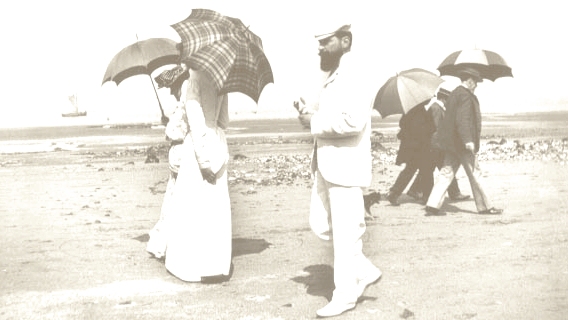Over twenty months, five hundred and seventy-five letters passed between them. Elizabeth Barrett Browning would later describe her physical improvement over these months as a resurrection, a shedding of the "graveclothes" in which she had allowed her illness and morbidity to dress her. Her family must have felt so too on that day in January, 1846 when she suddenly appeared downstairs: she had hardly been out of her room in six years, and even then only when carried. Eight months later, after she and Browning had eloped to Florence, the men in the family would virtually rebury her: her brothers refused to communicate for years; her father refused forever, returning her letters unopened, rejecting her son, and cutting her from his will. One of the last poems she wrote as Elizabeth Barrett was the sonnet to Browning in which she asks, "How do I love thee?" and then counts the ways; the first poem written in her miracle, second life as Elizabeth Barrett Browning was called "The Runaway Slave" [At Pilgrim's Point].Browning, Barrett, Love
Today In Literature




